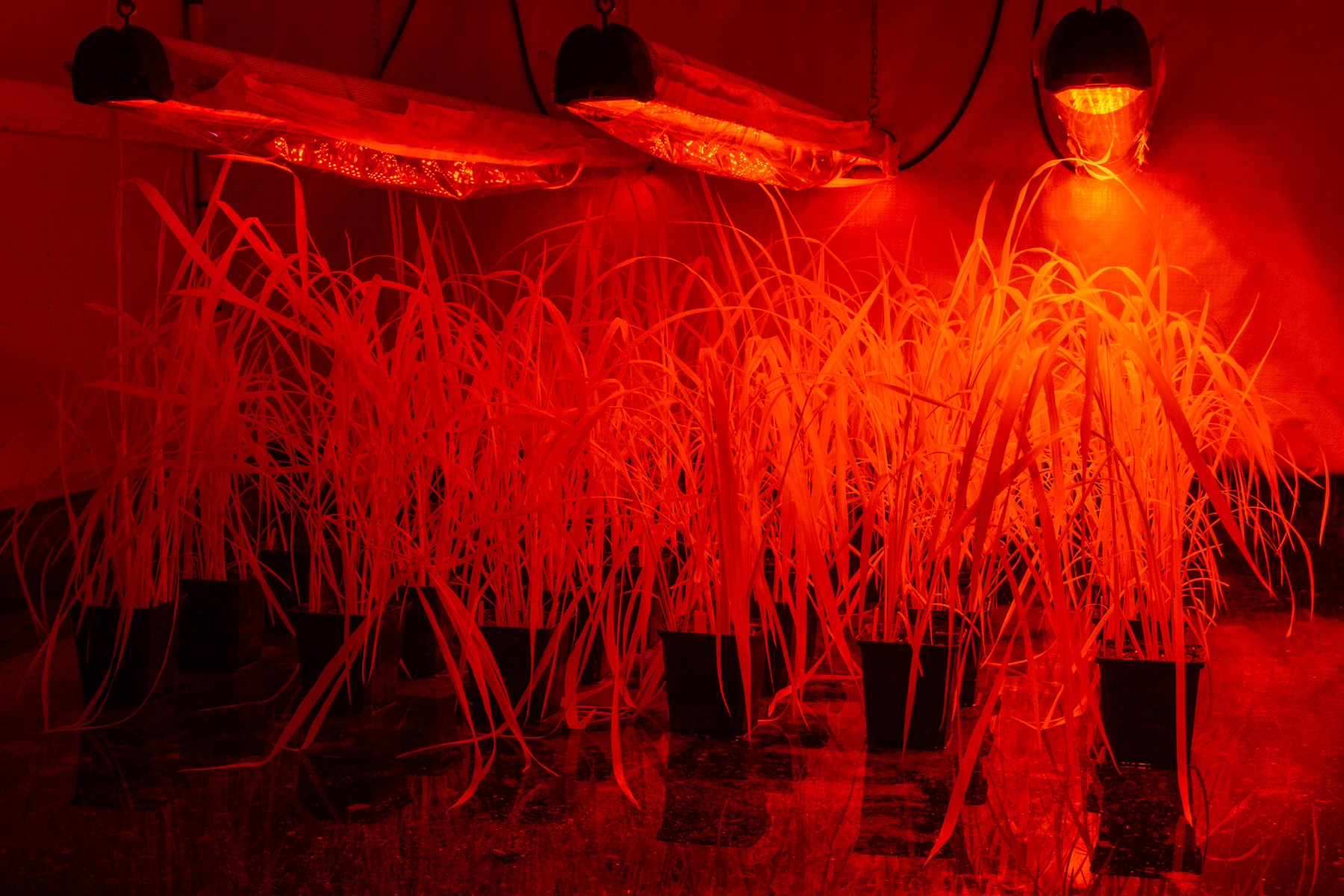
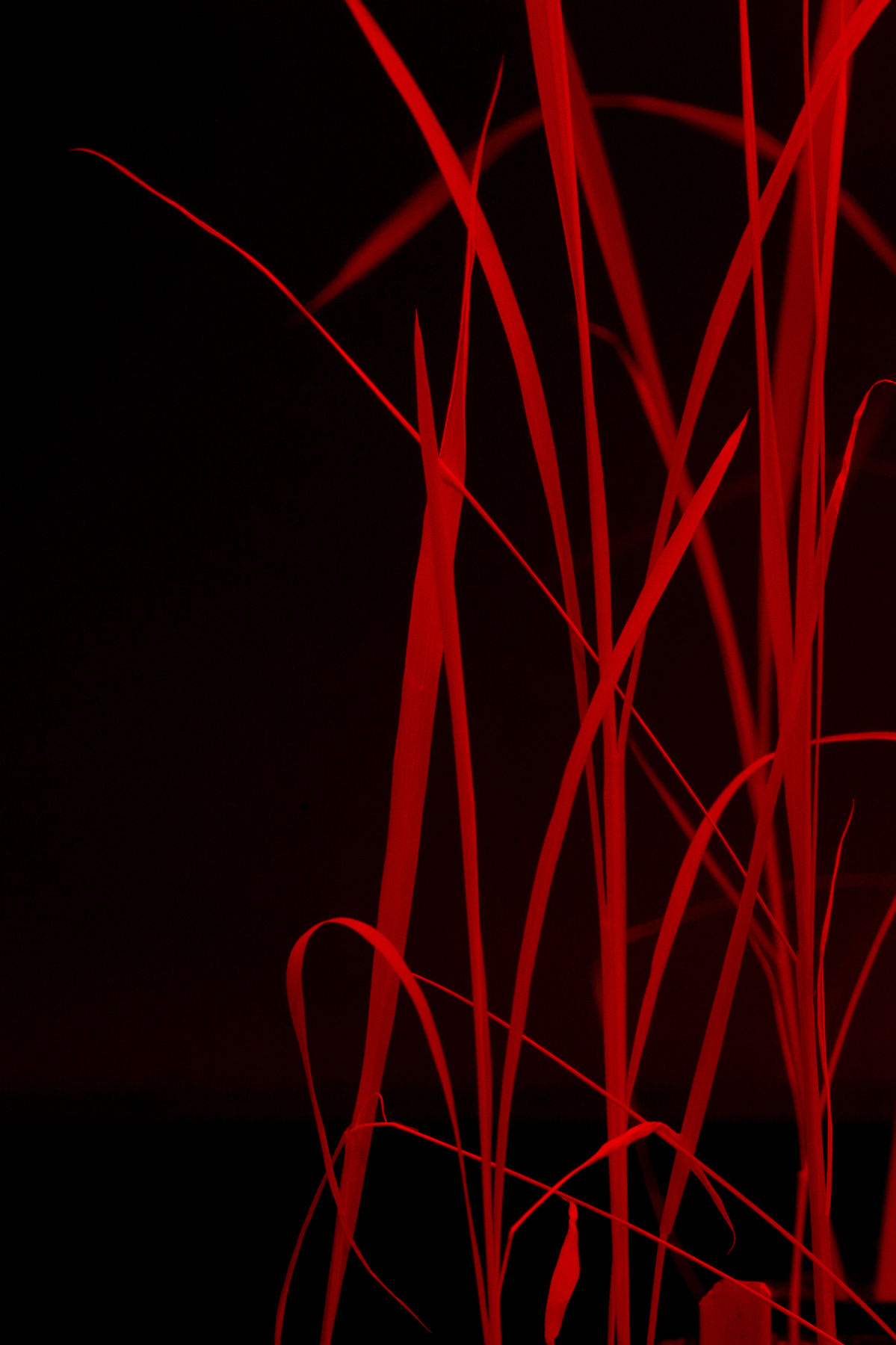

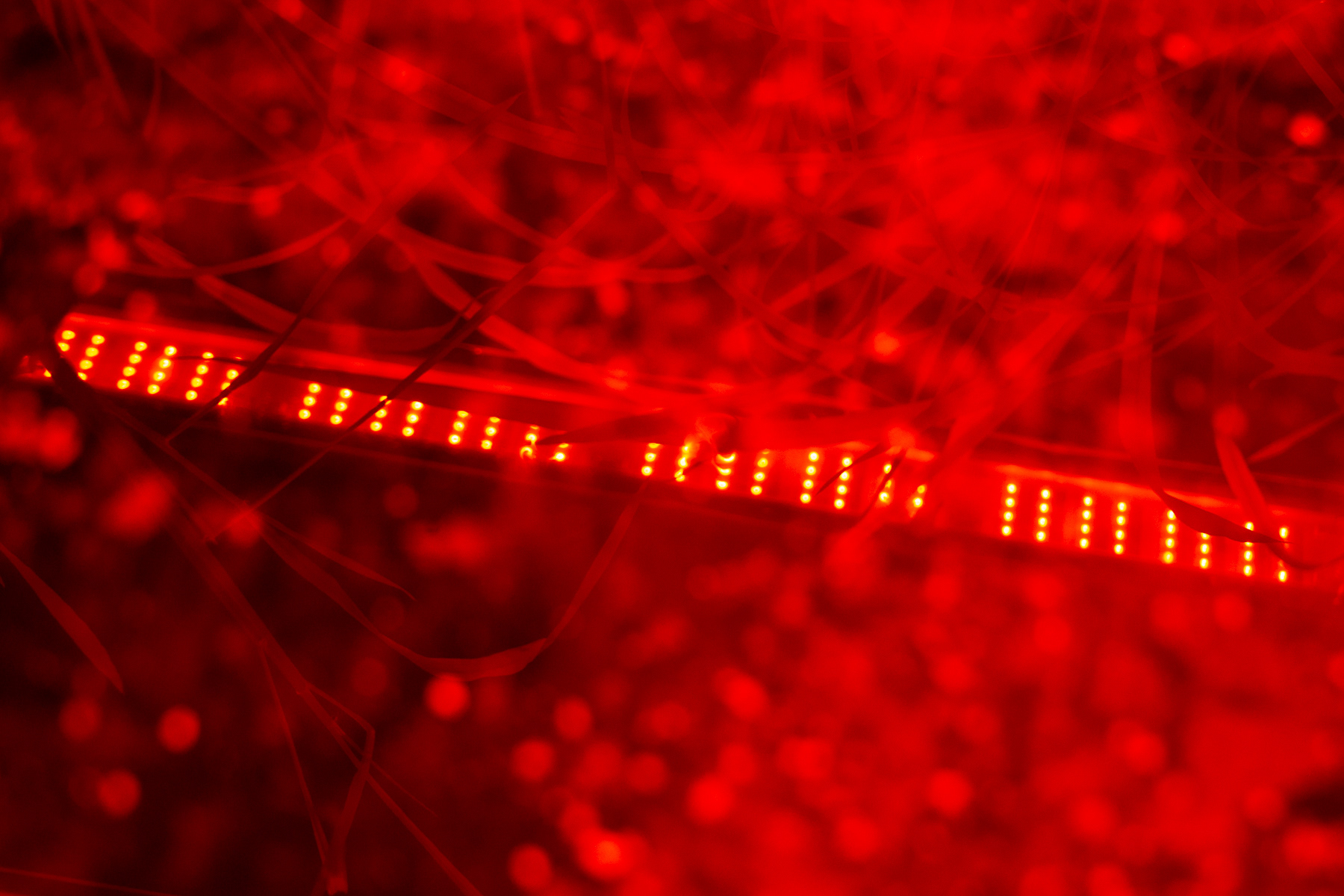
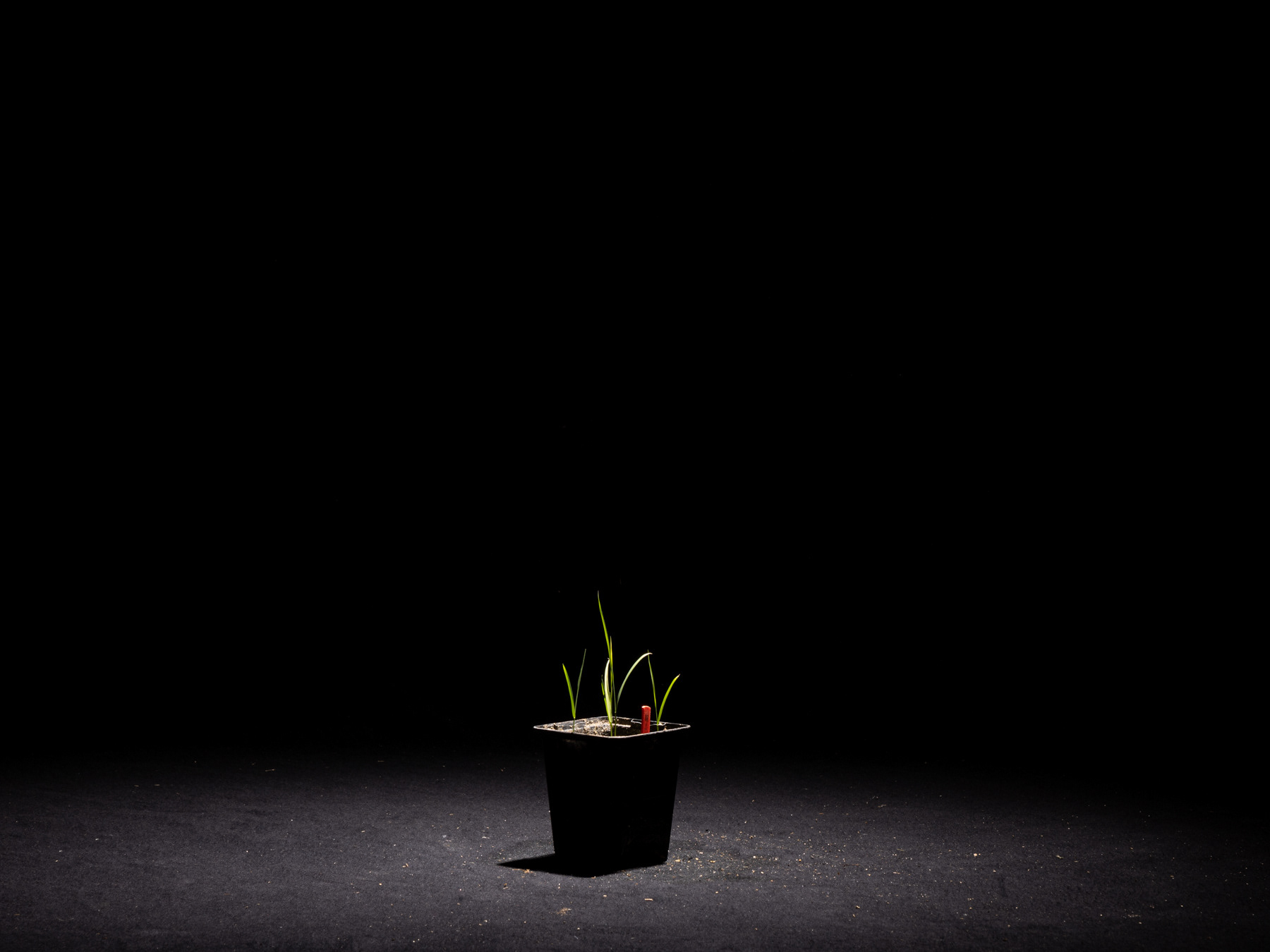
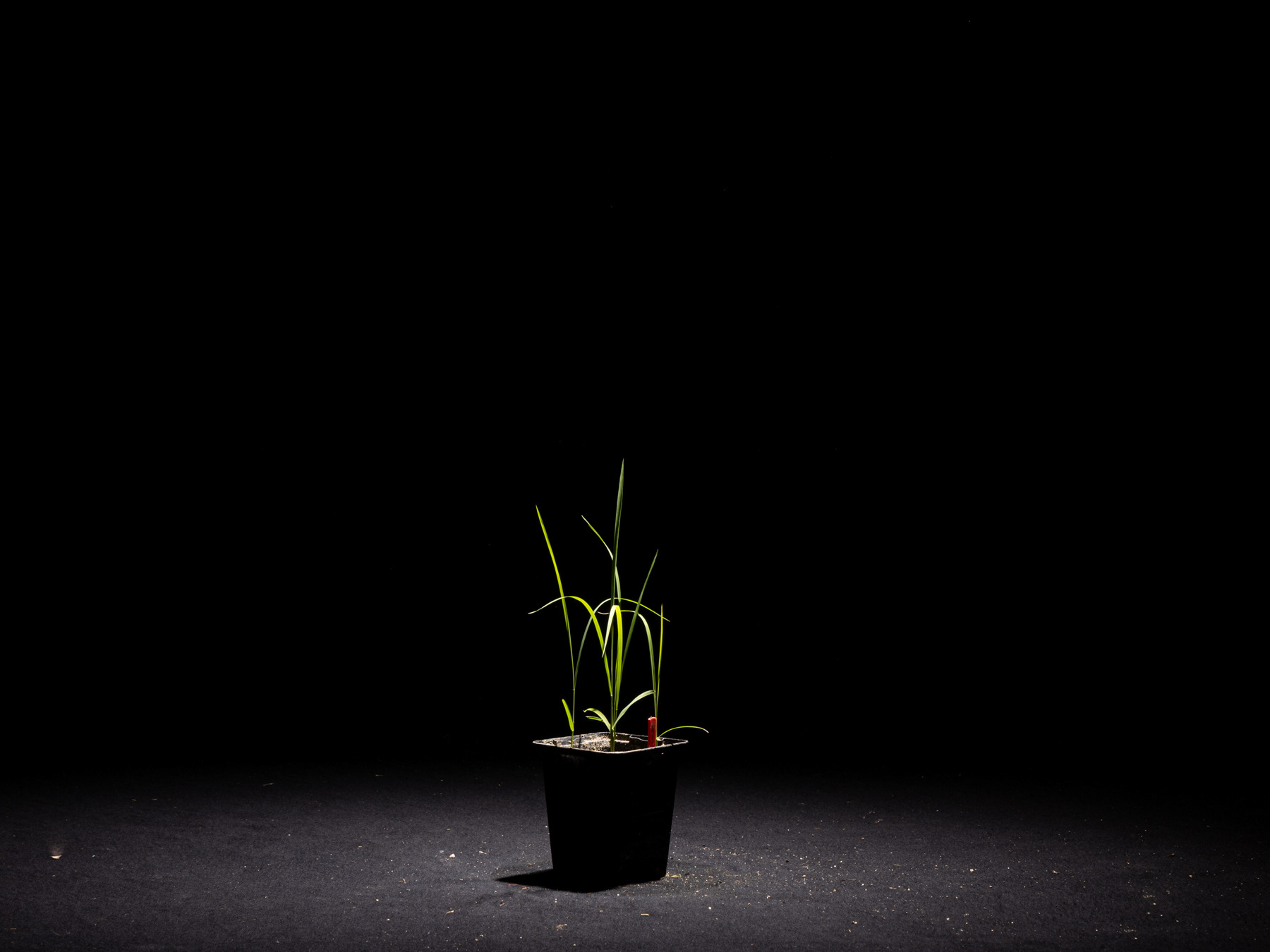
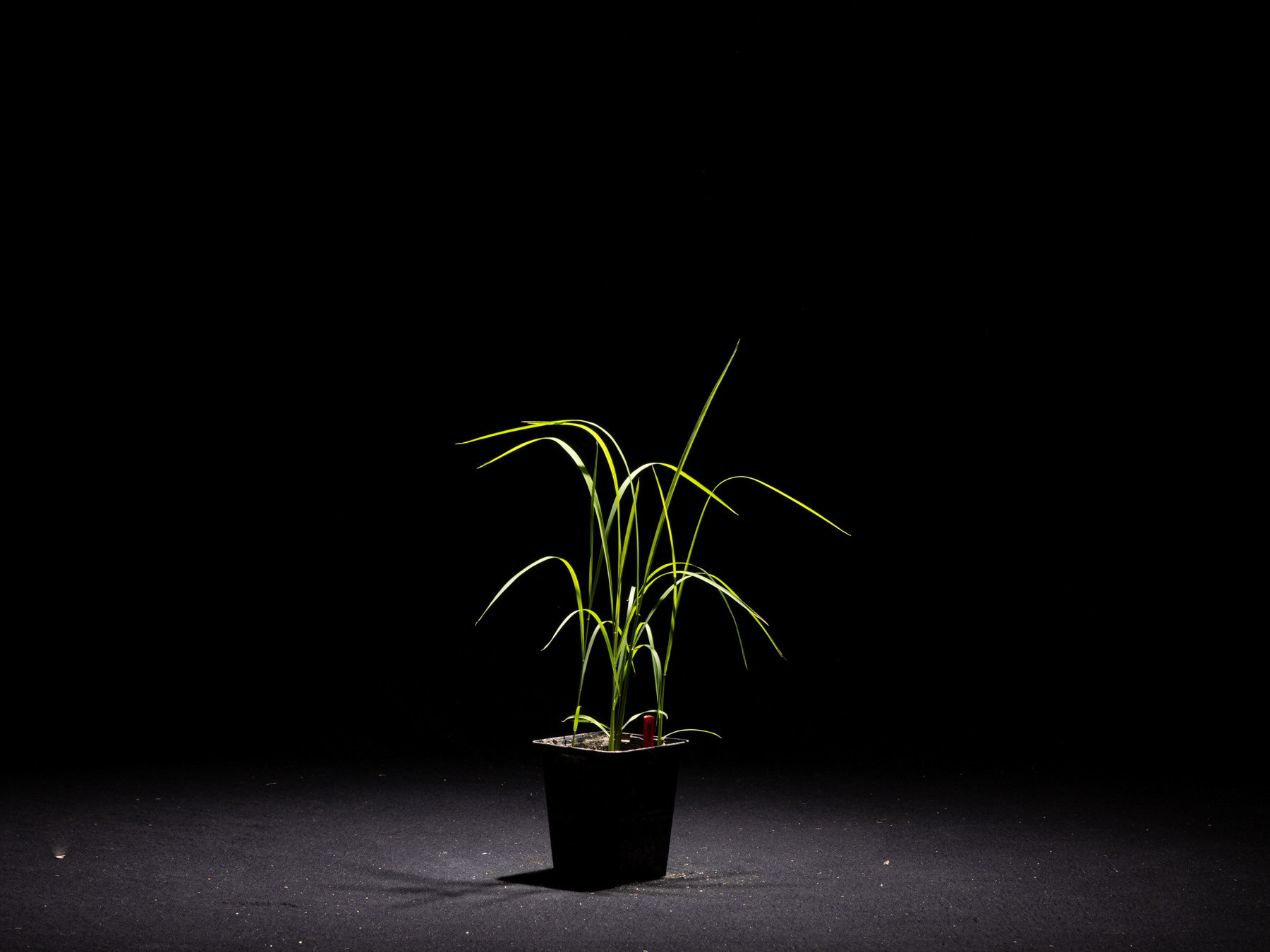
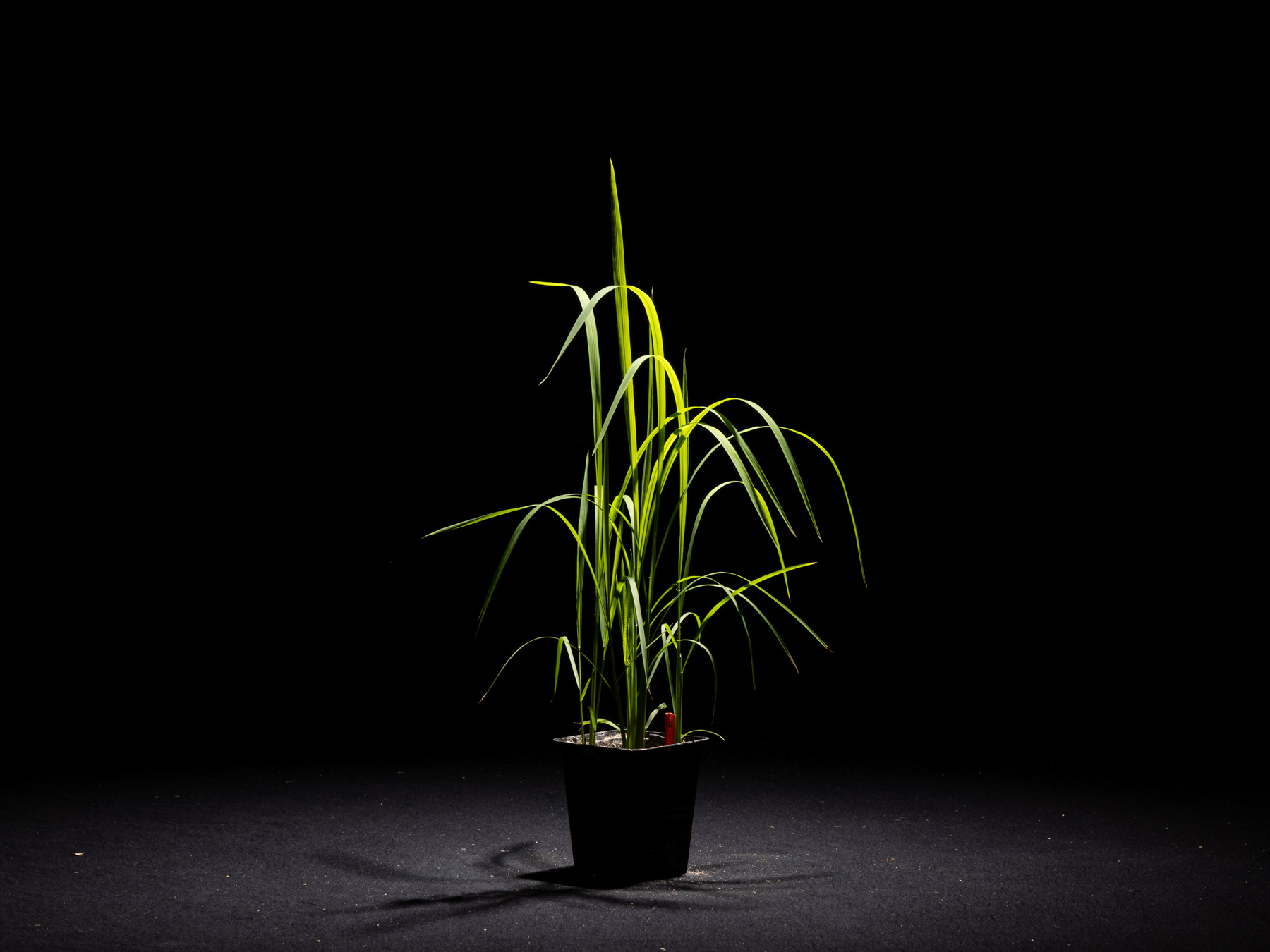

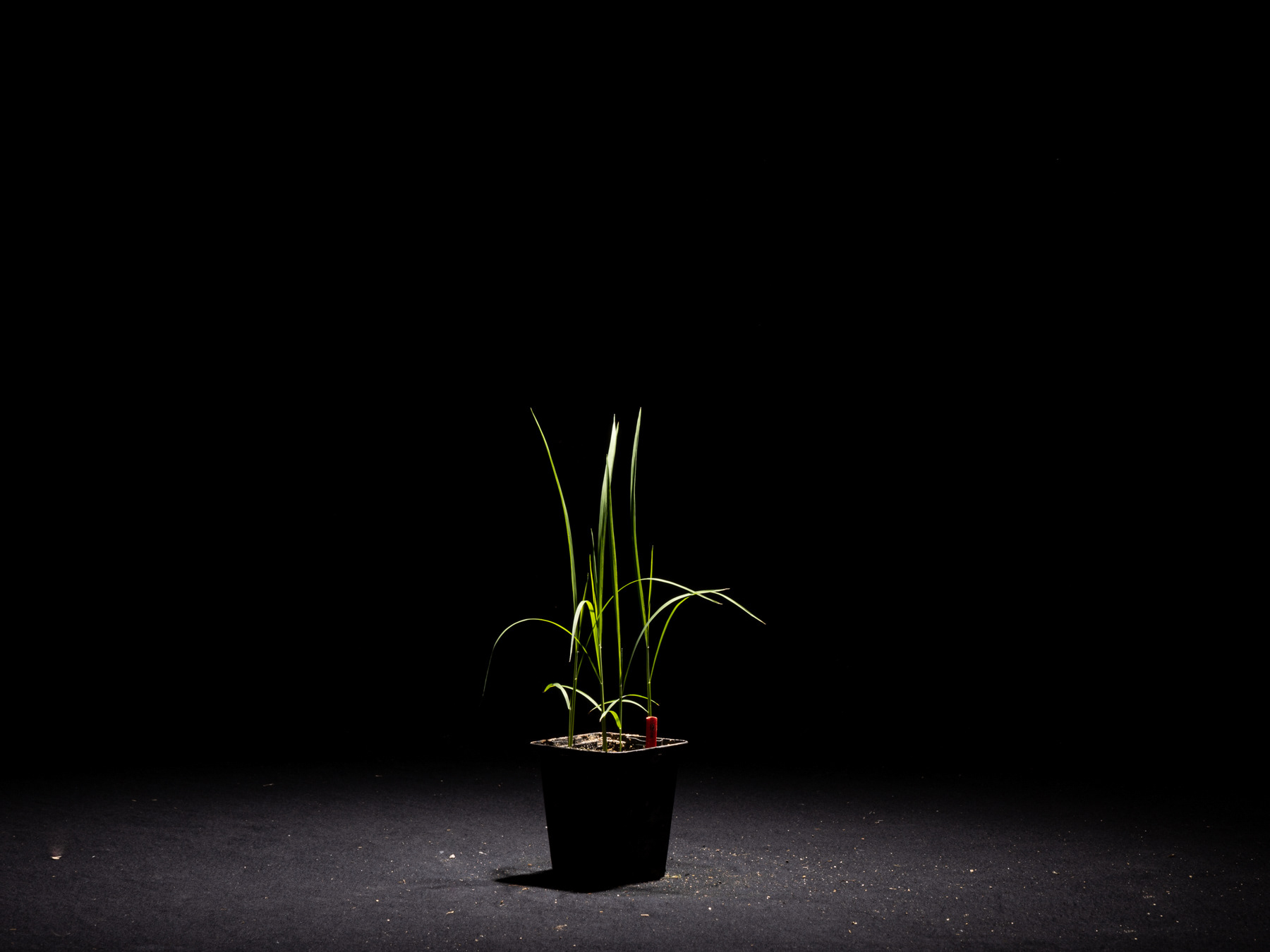
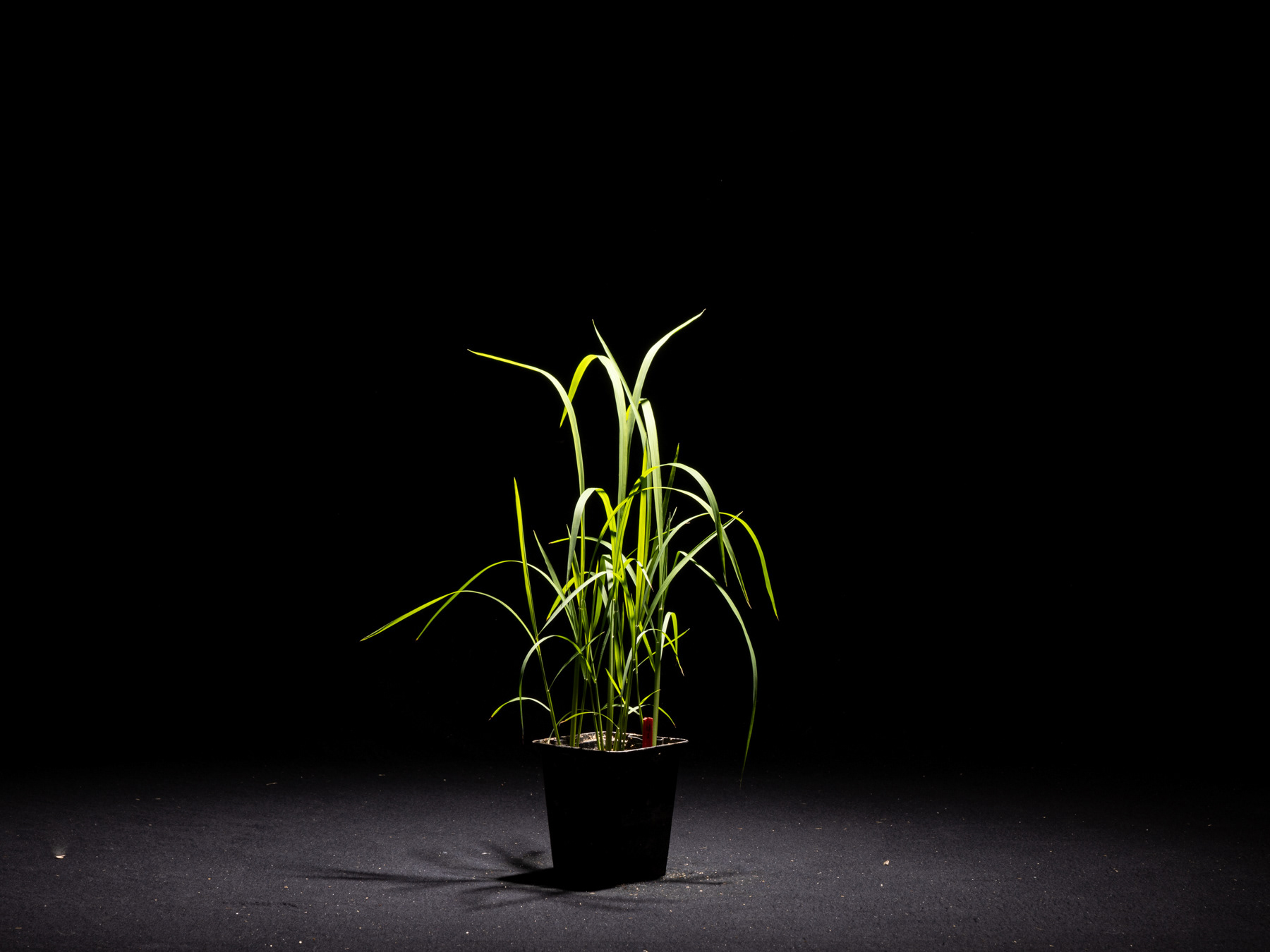
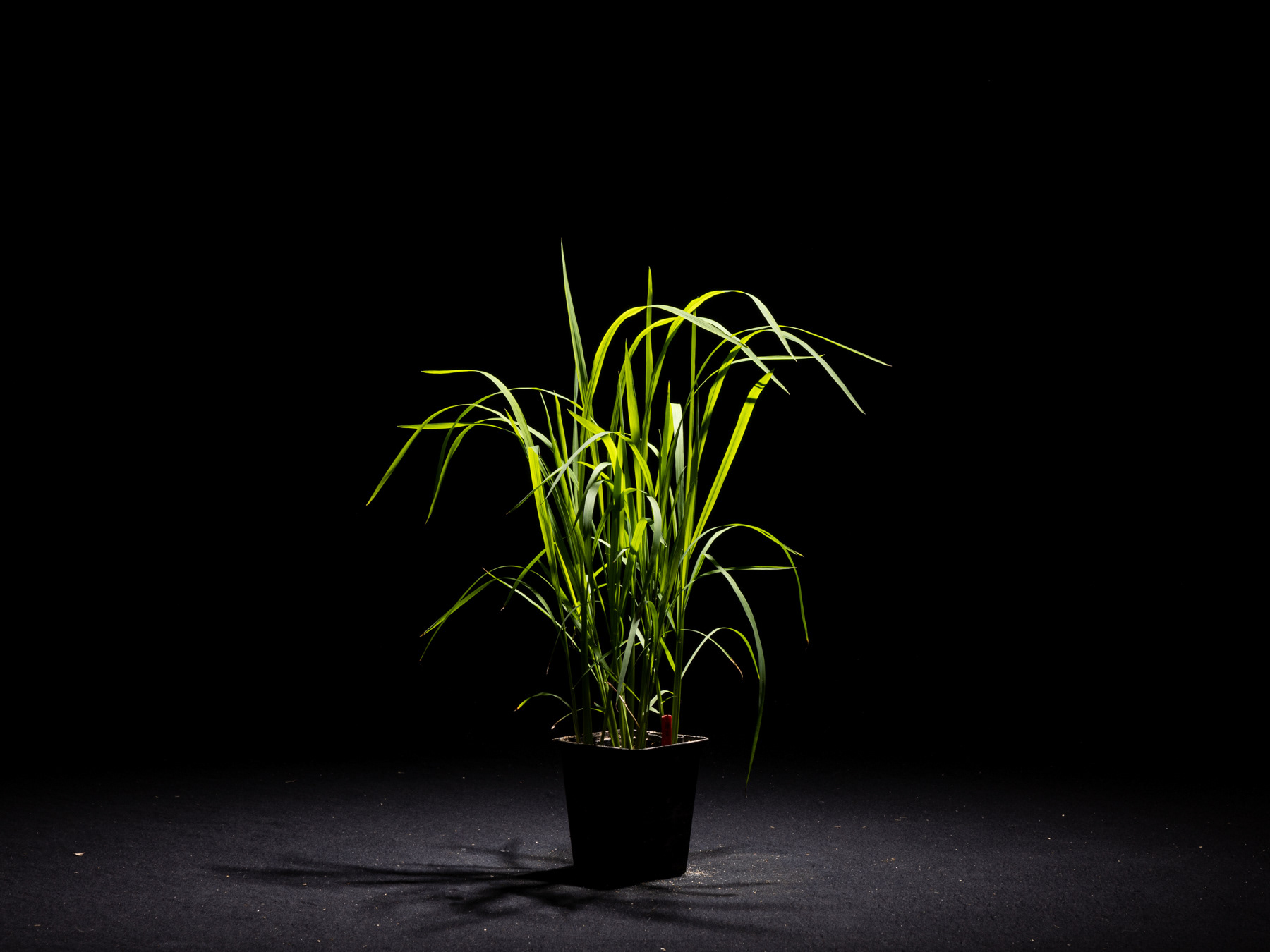
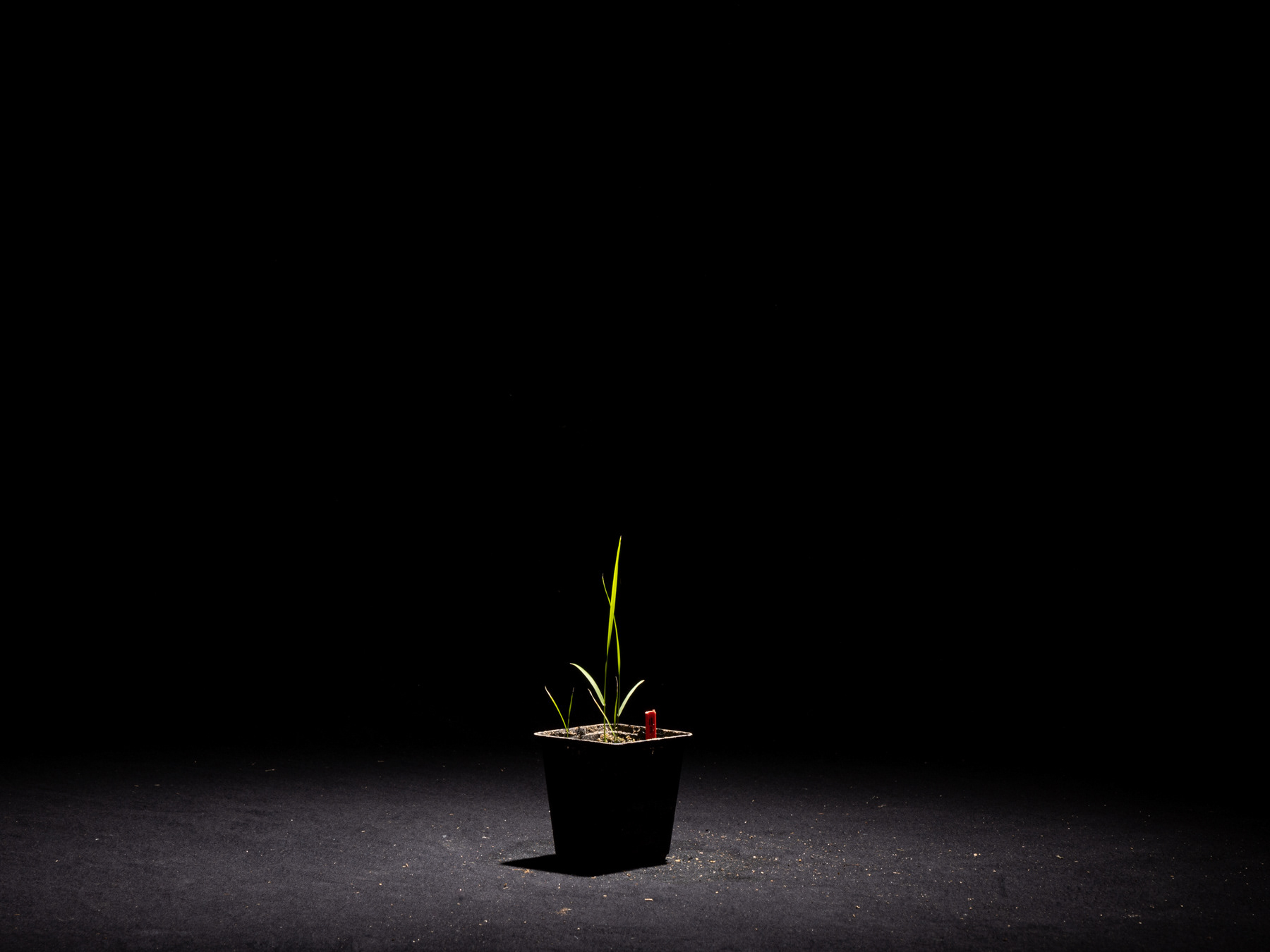

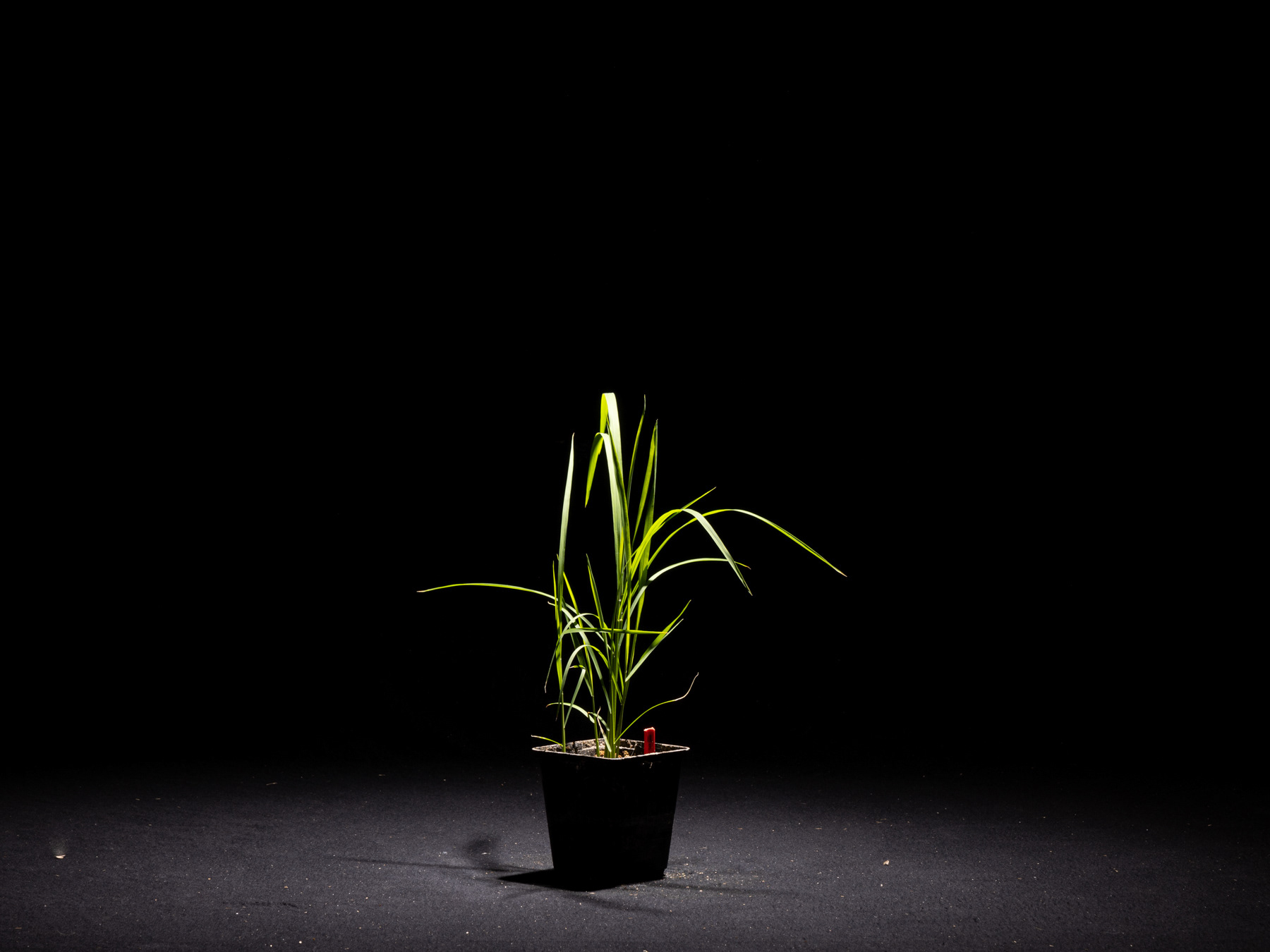

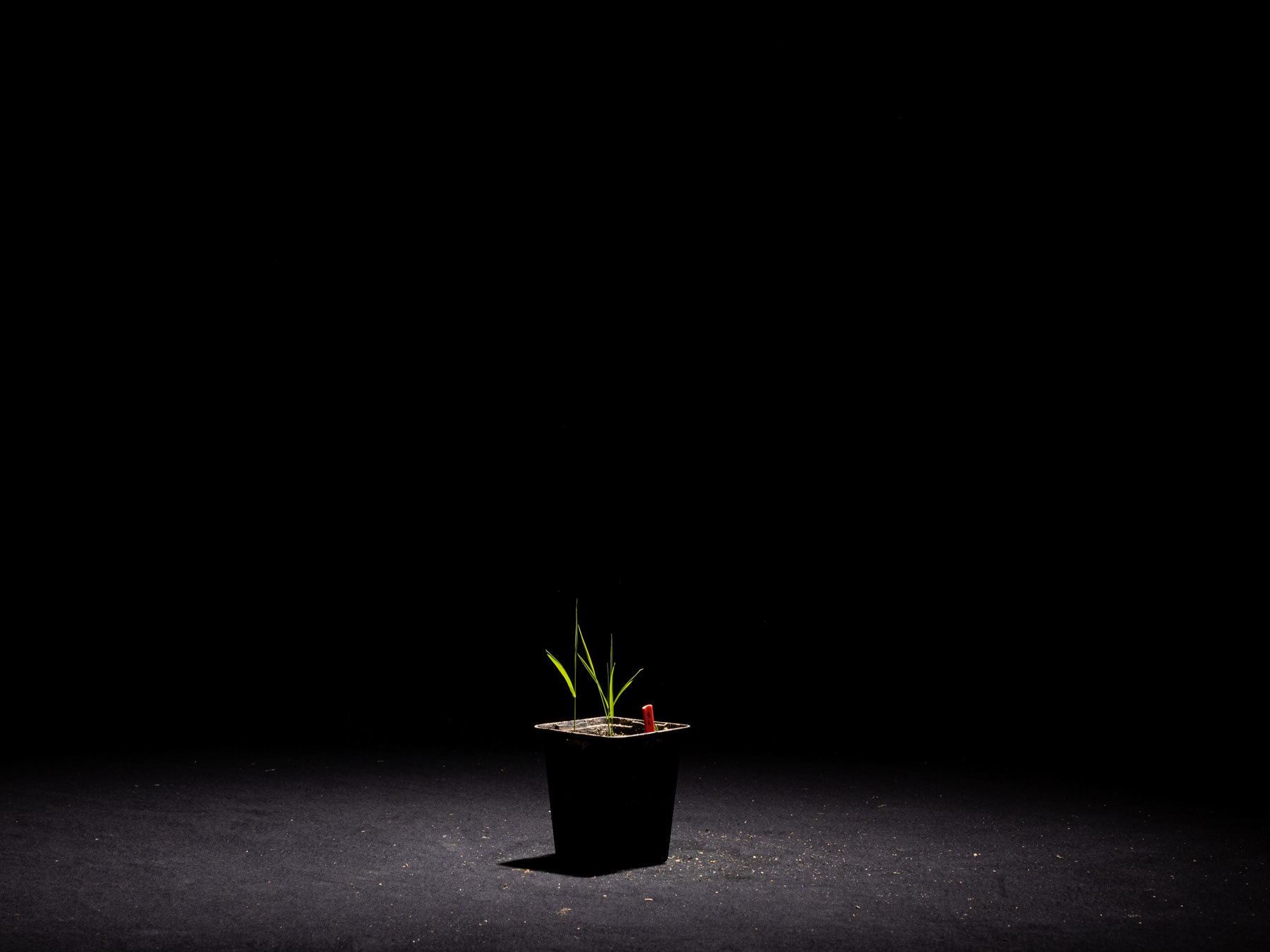
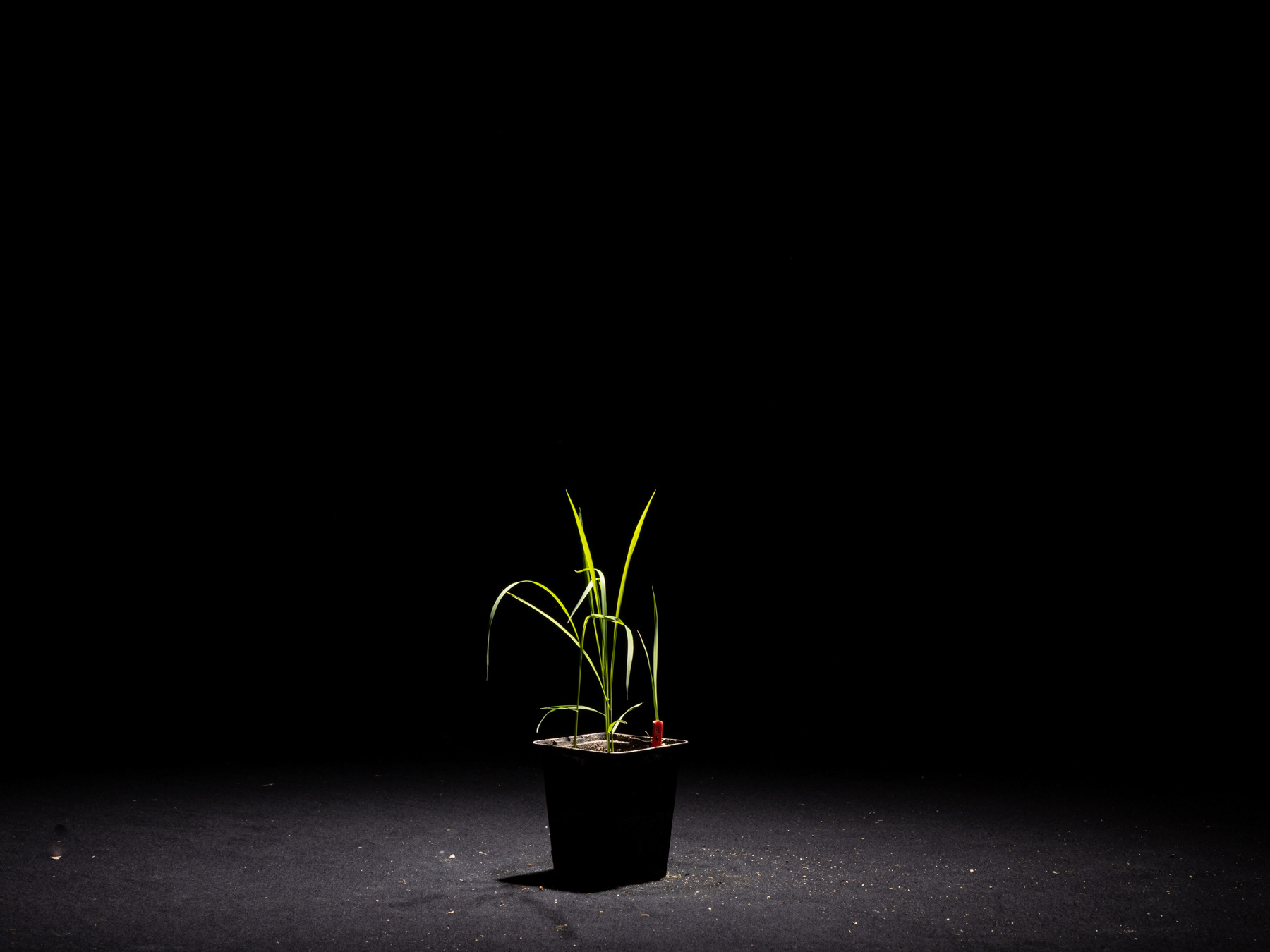
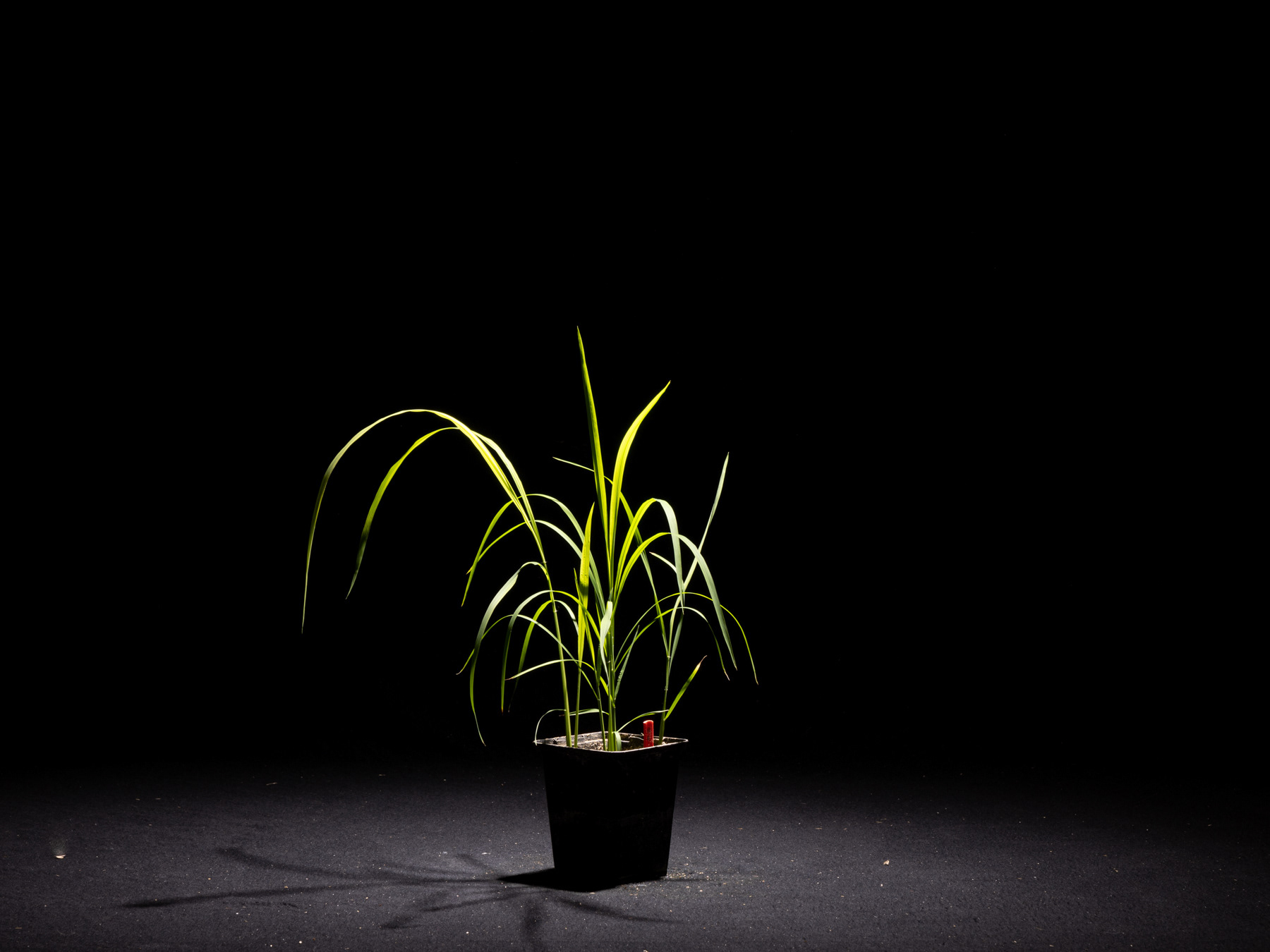
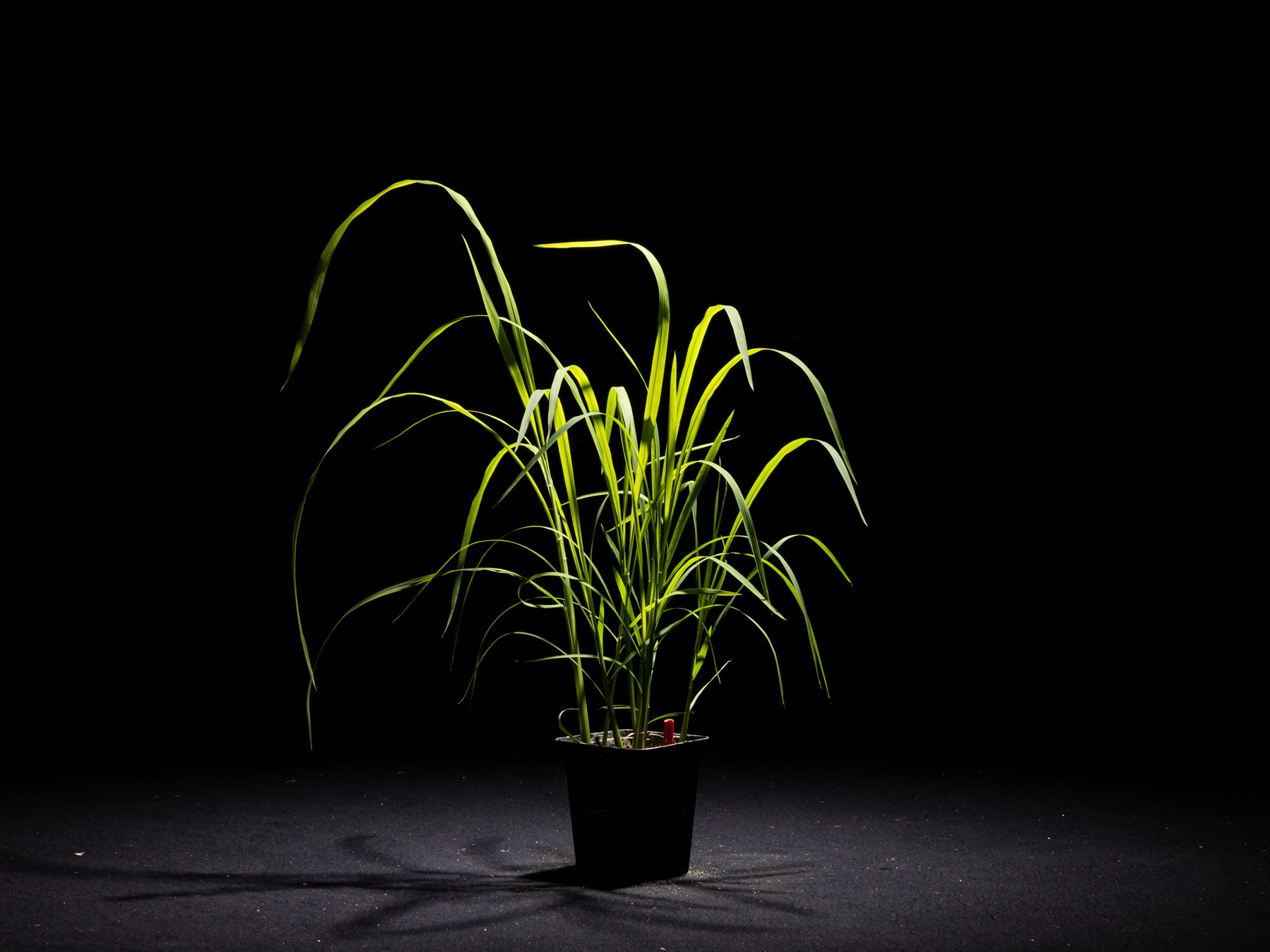
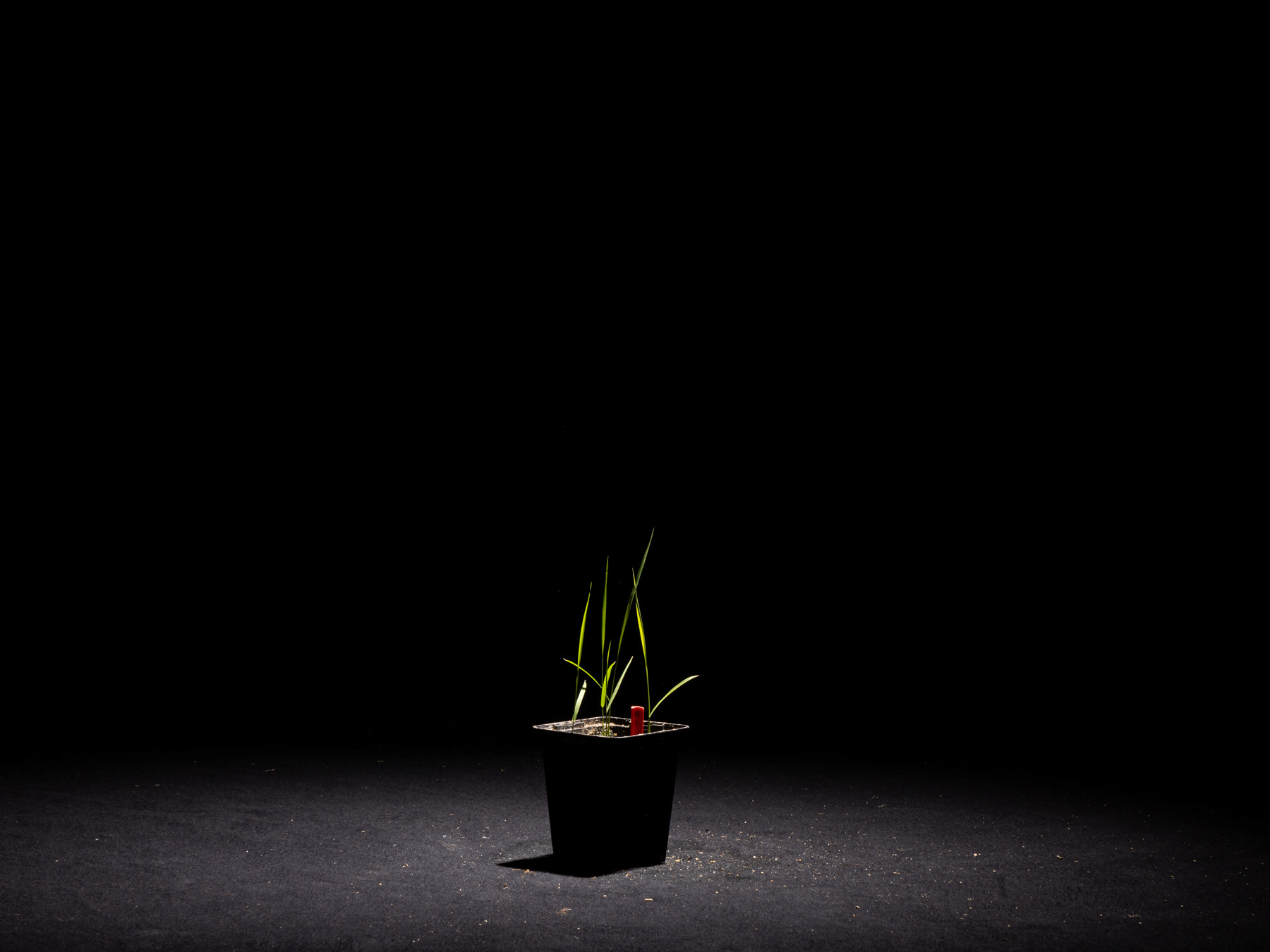

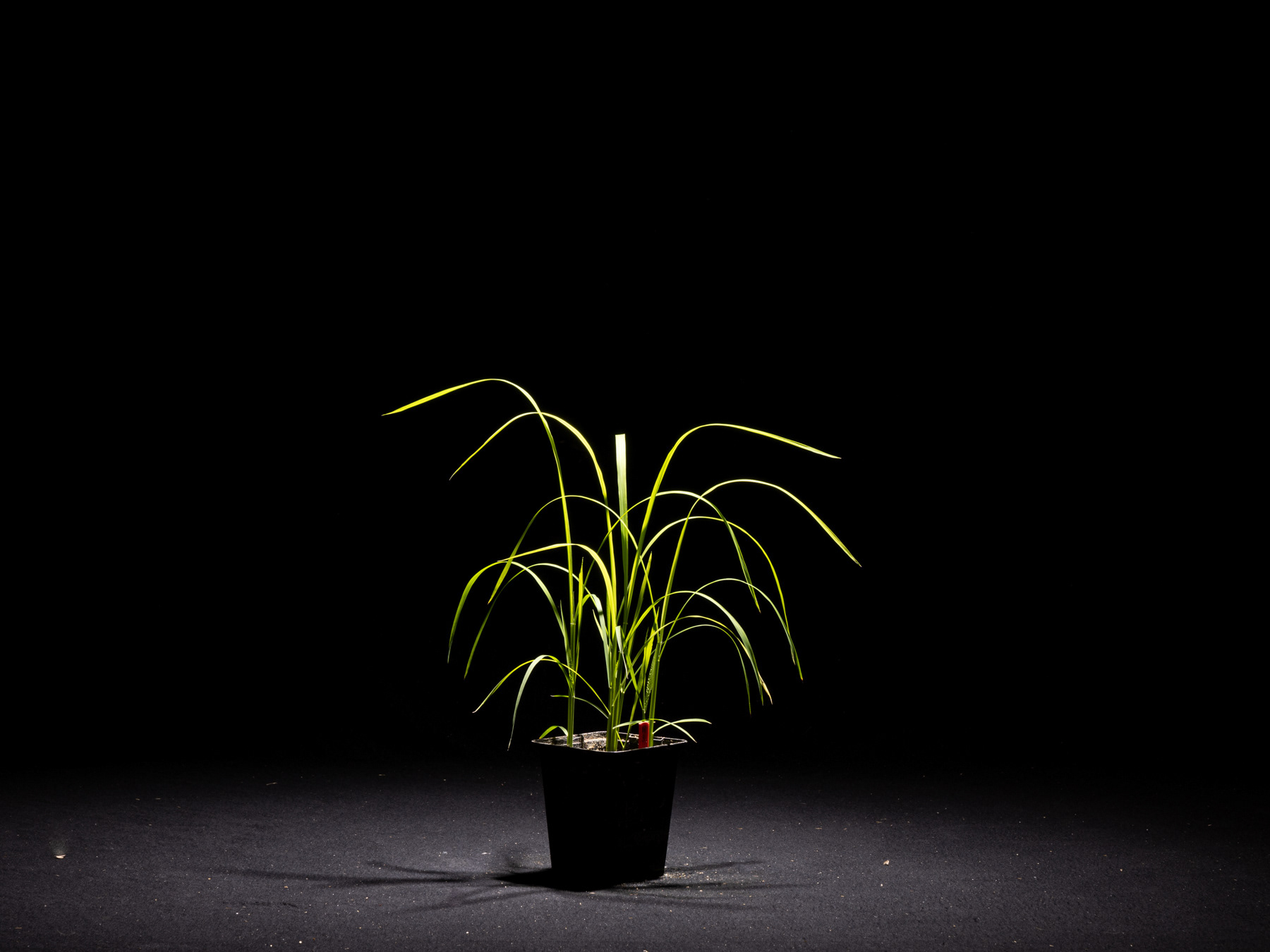
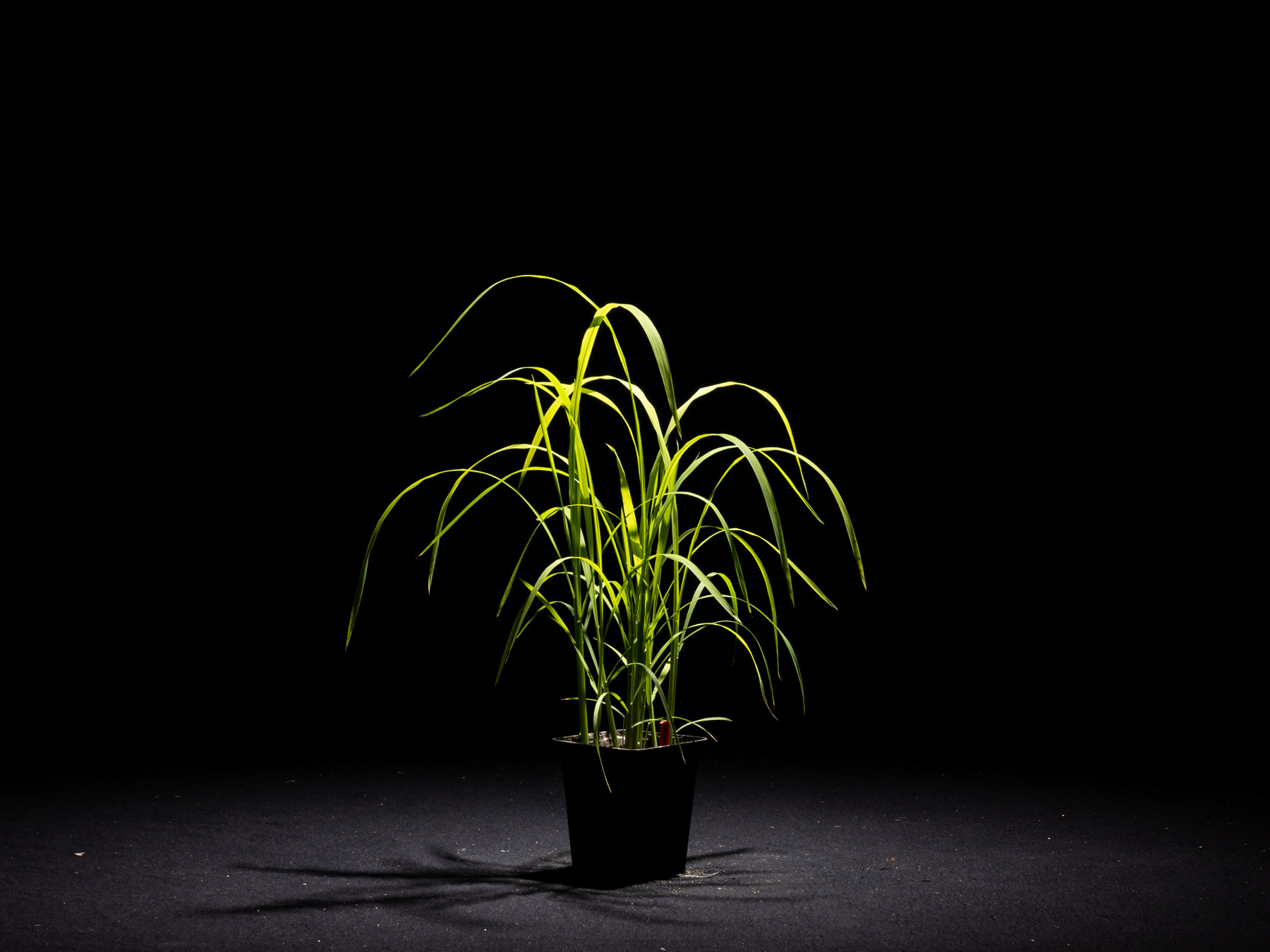

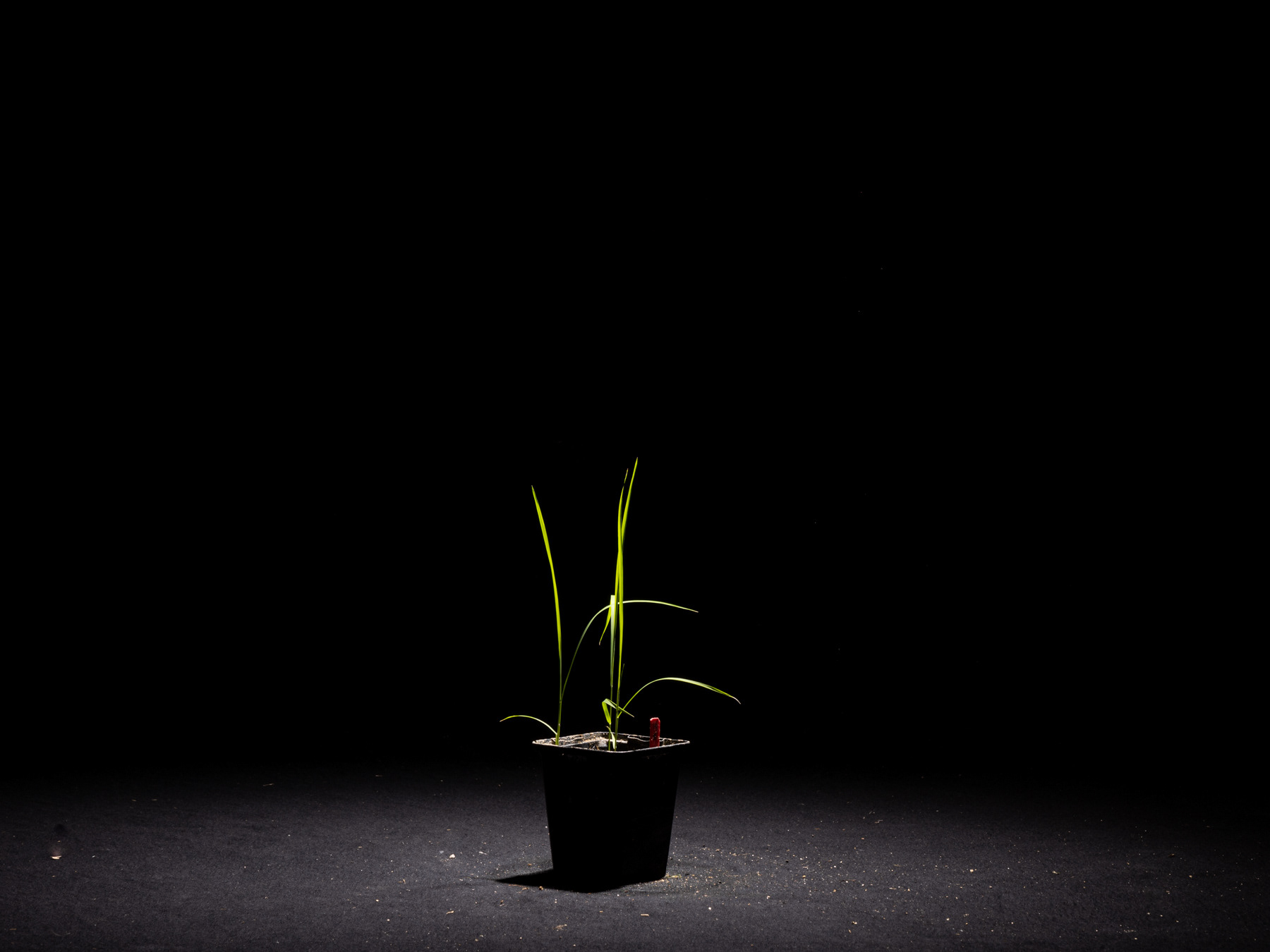
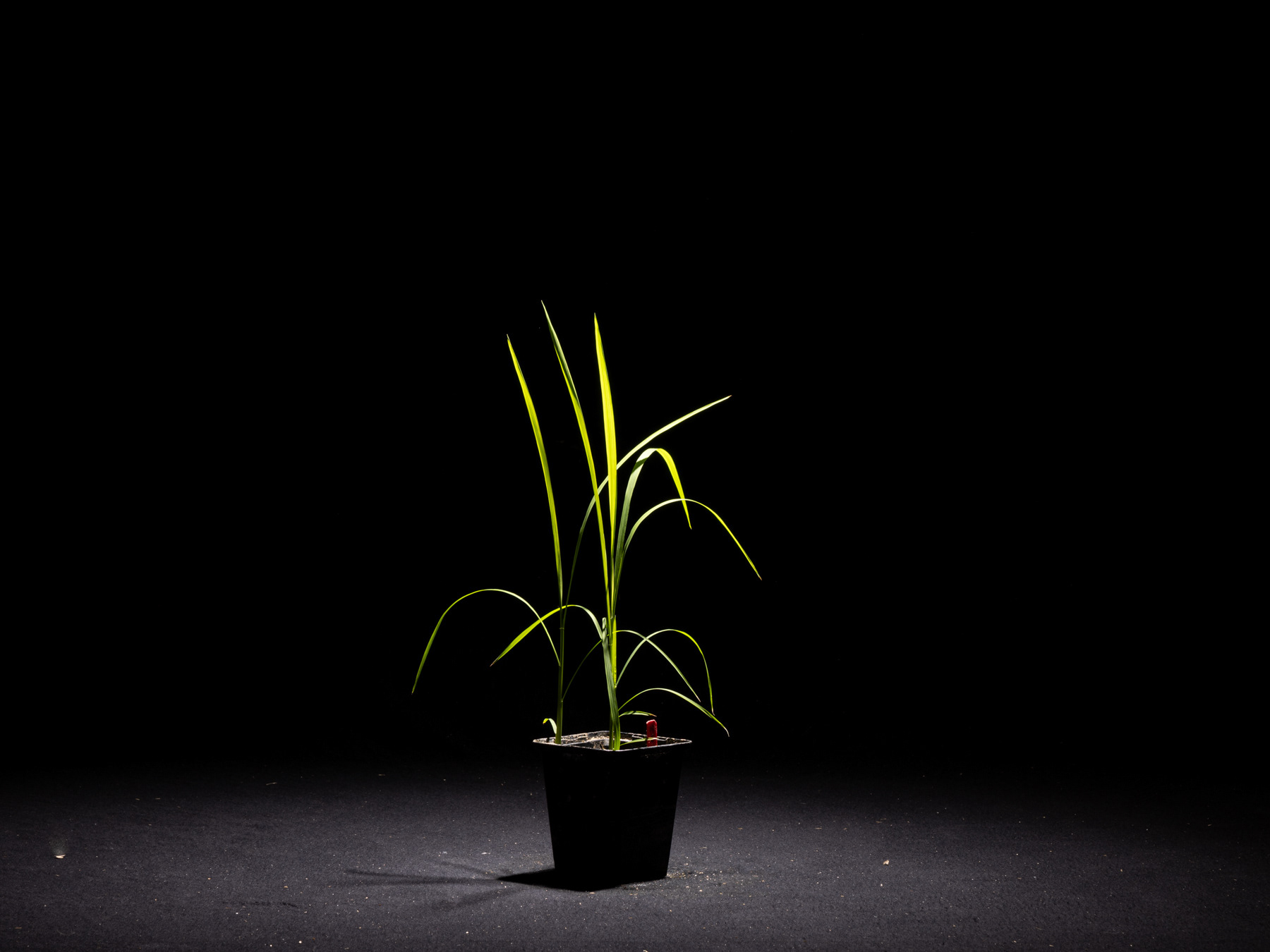
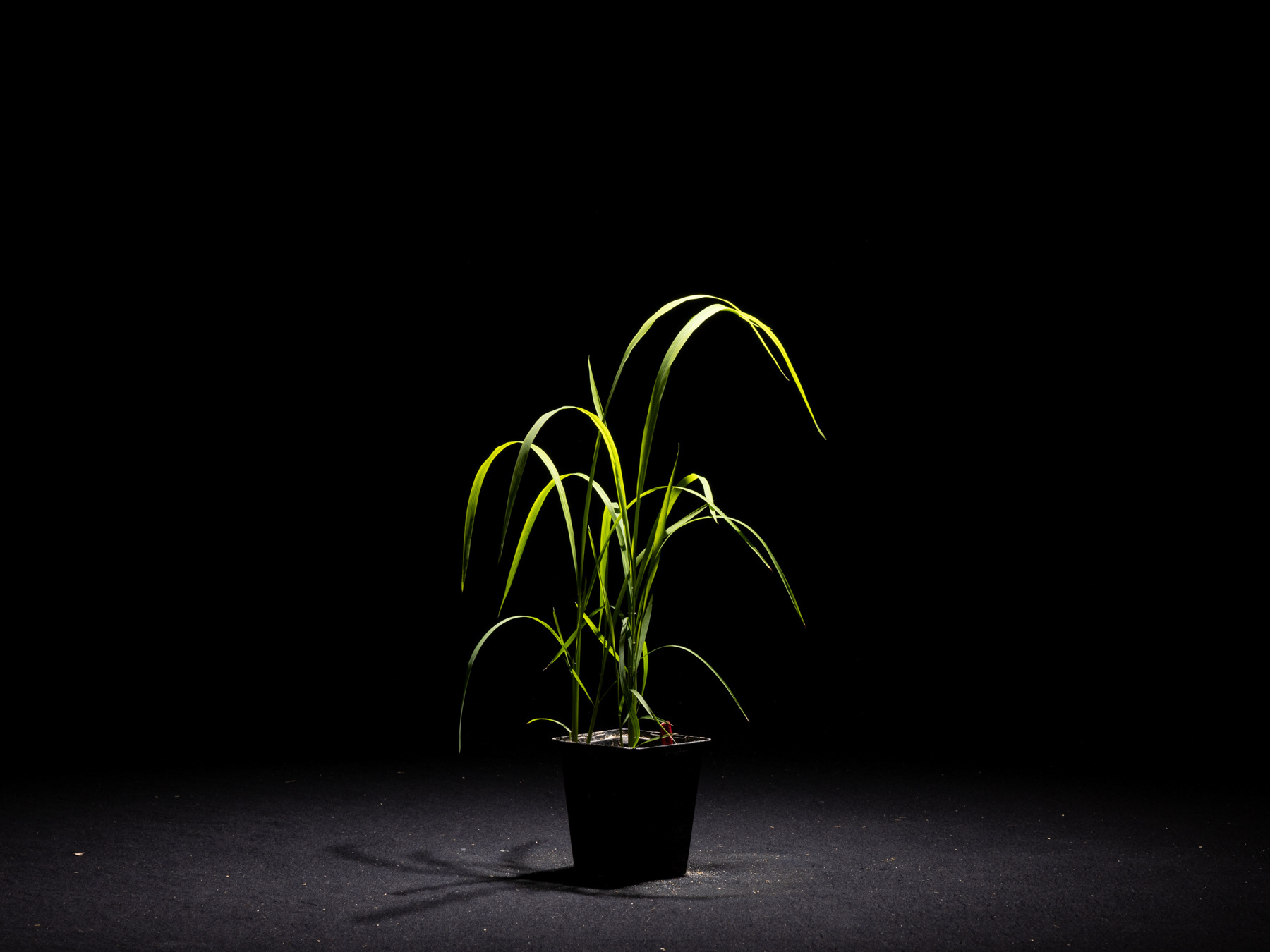
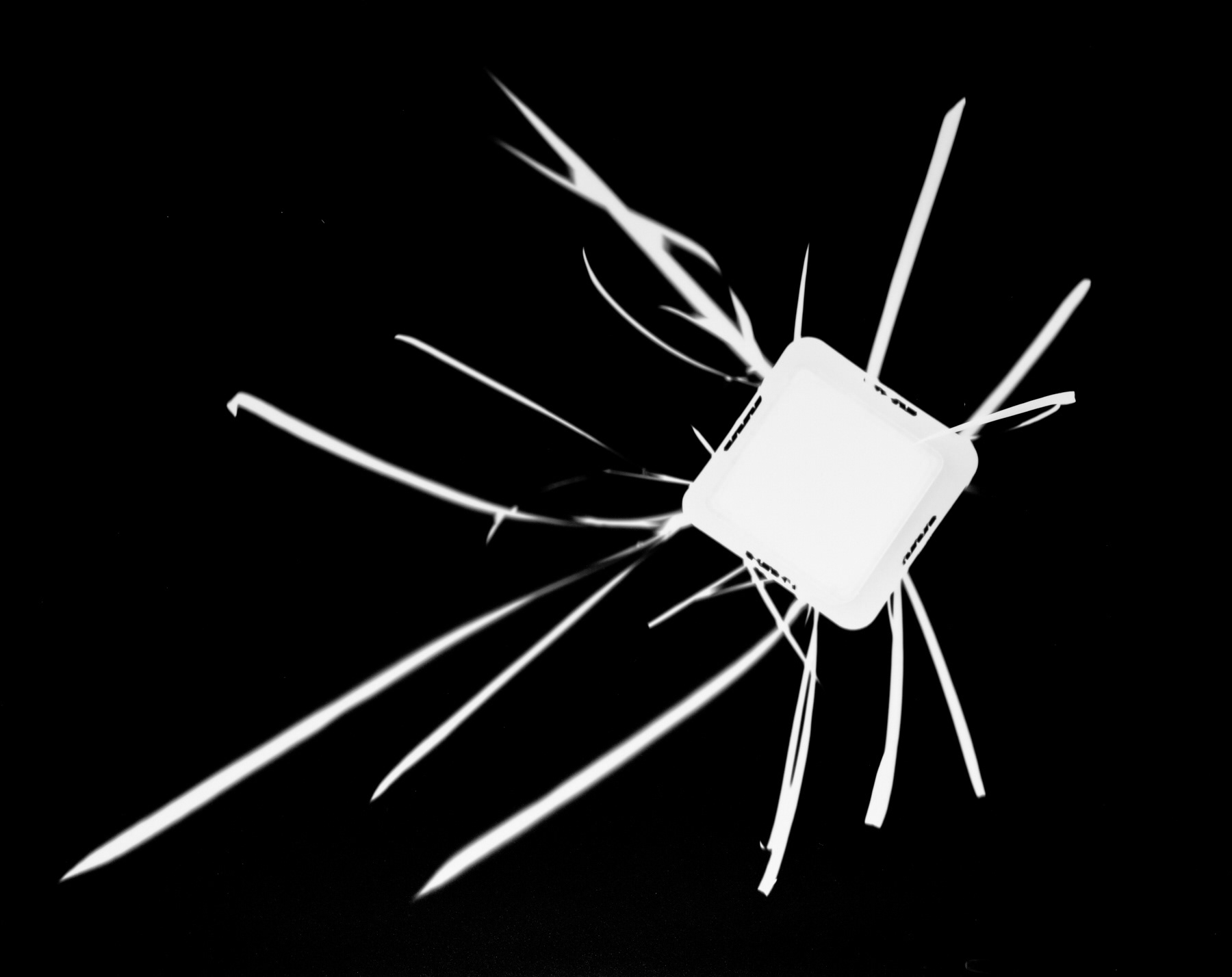
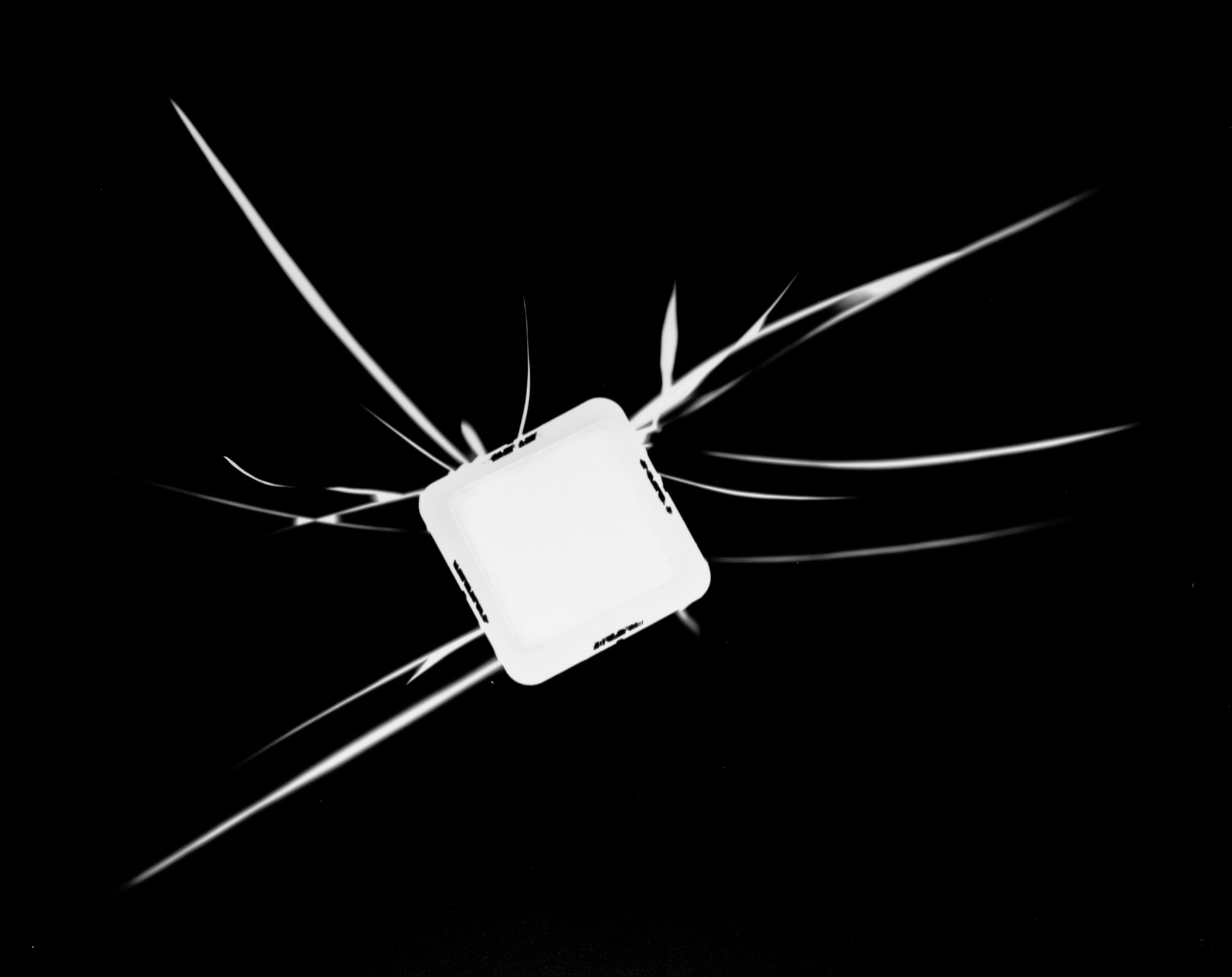
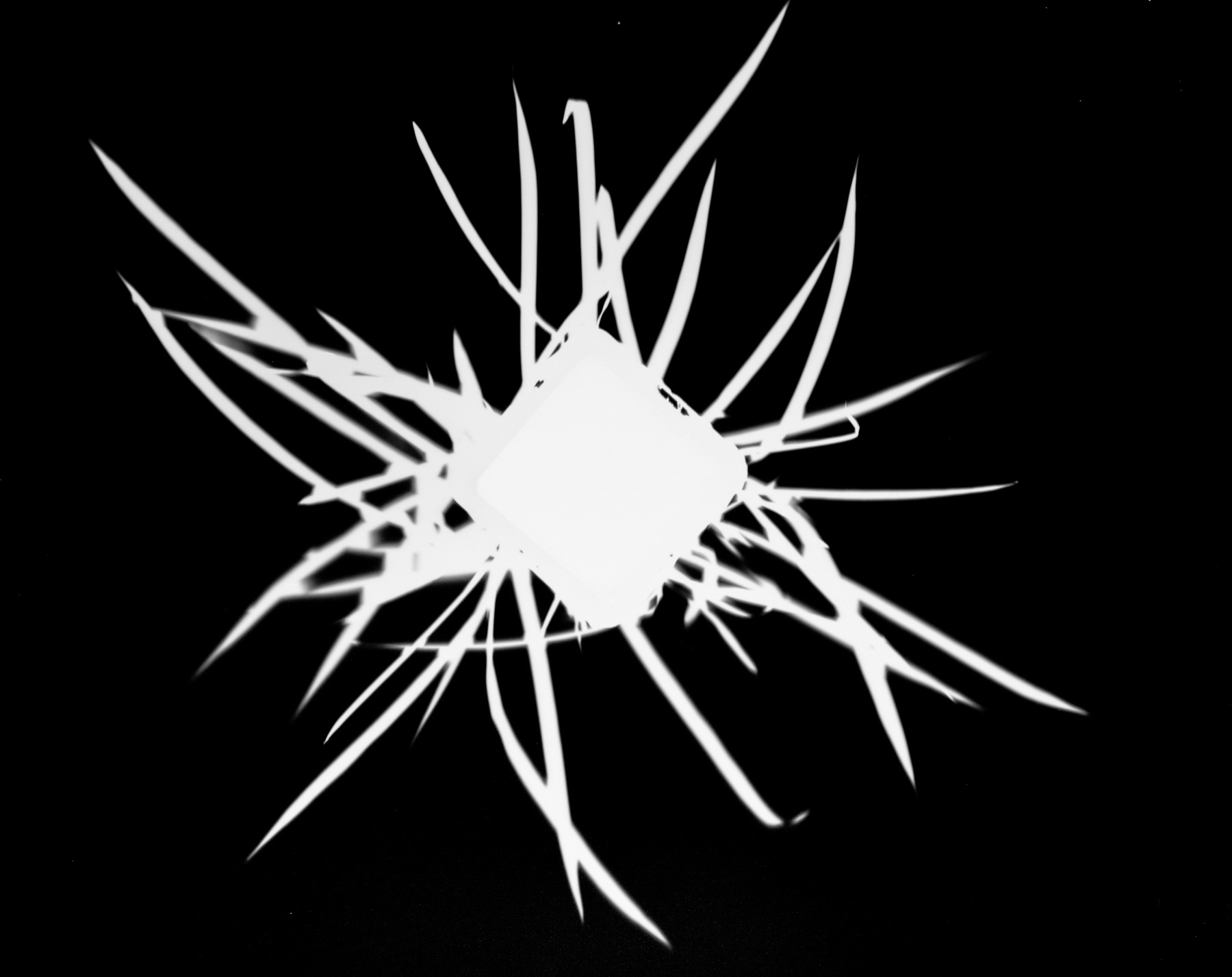

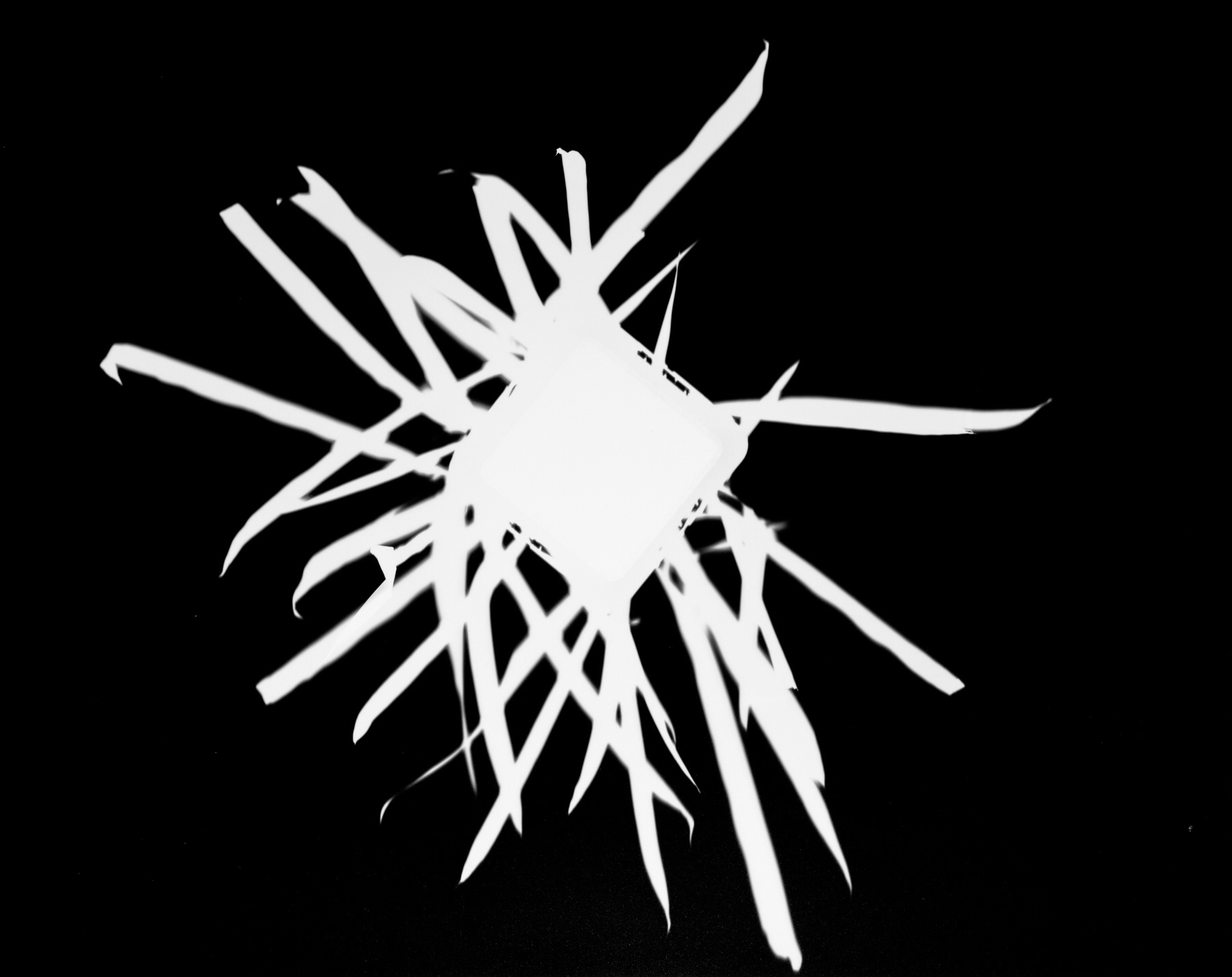
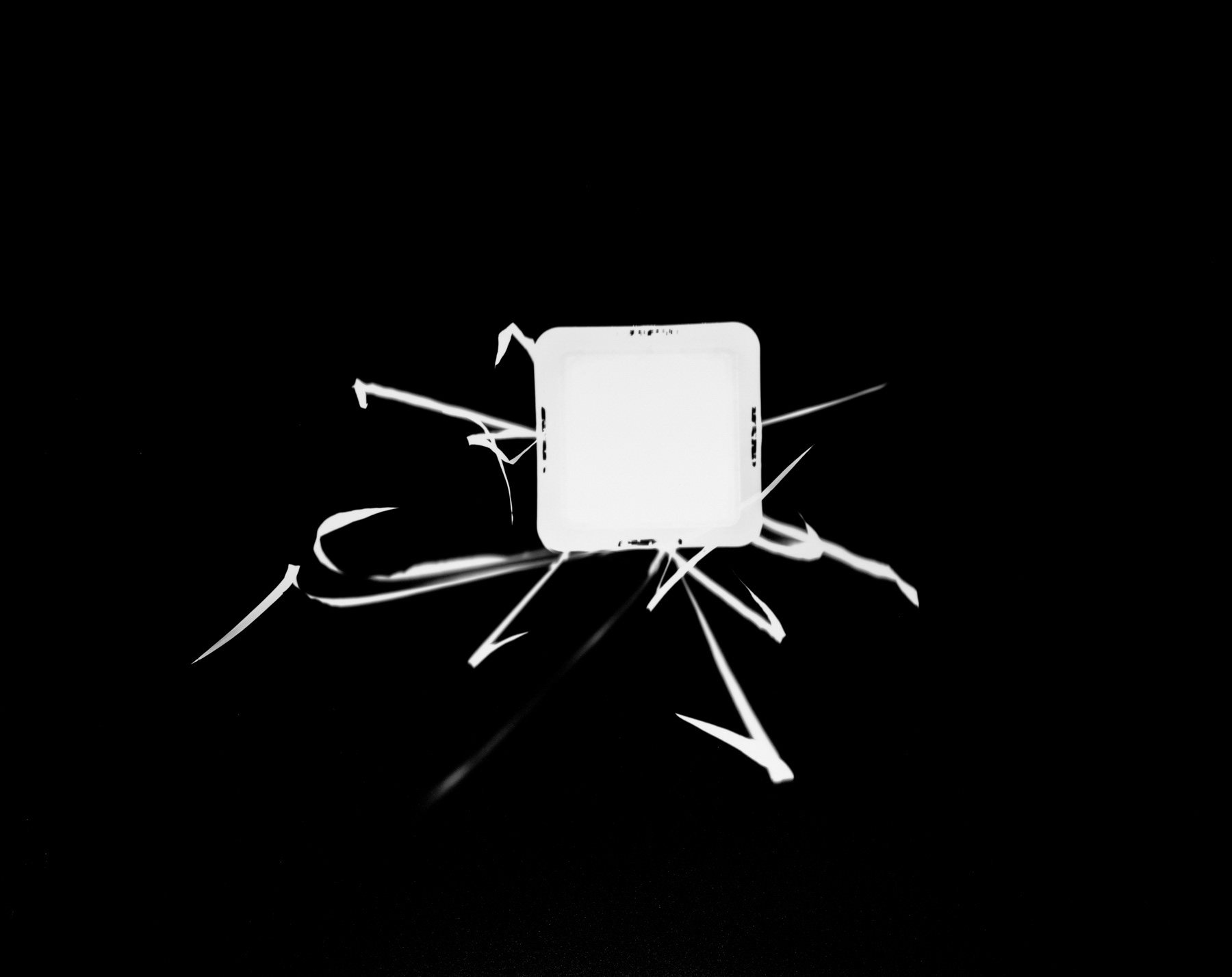
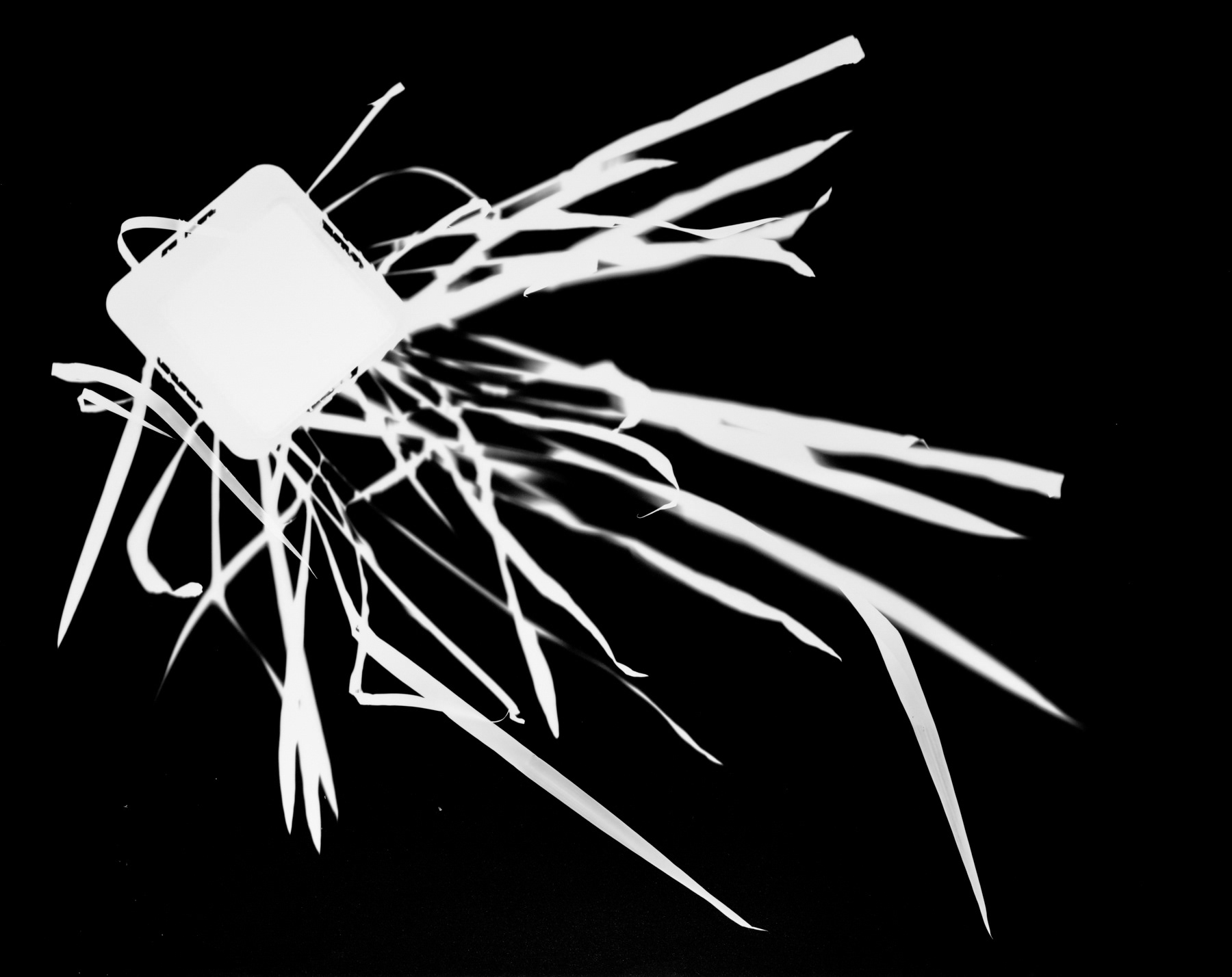

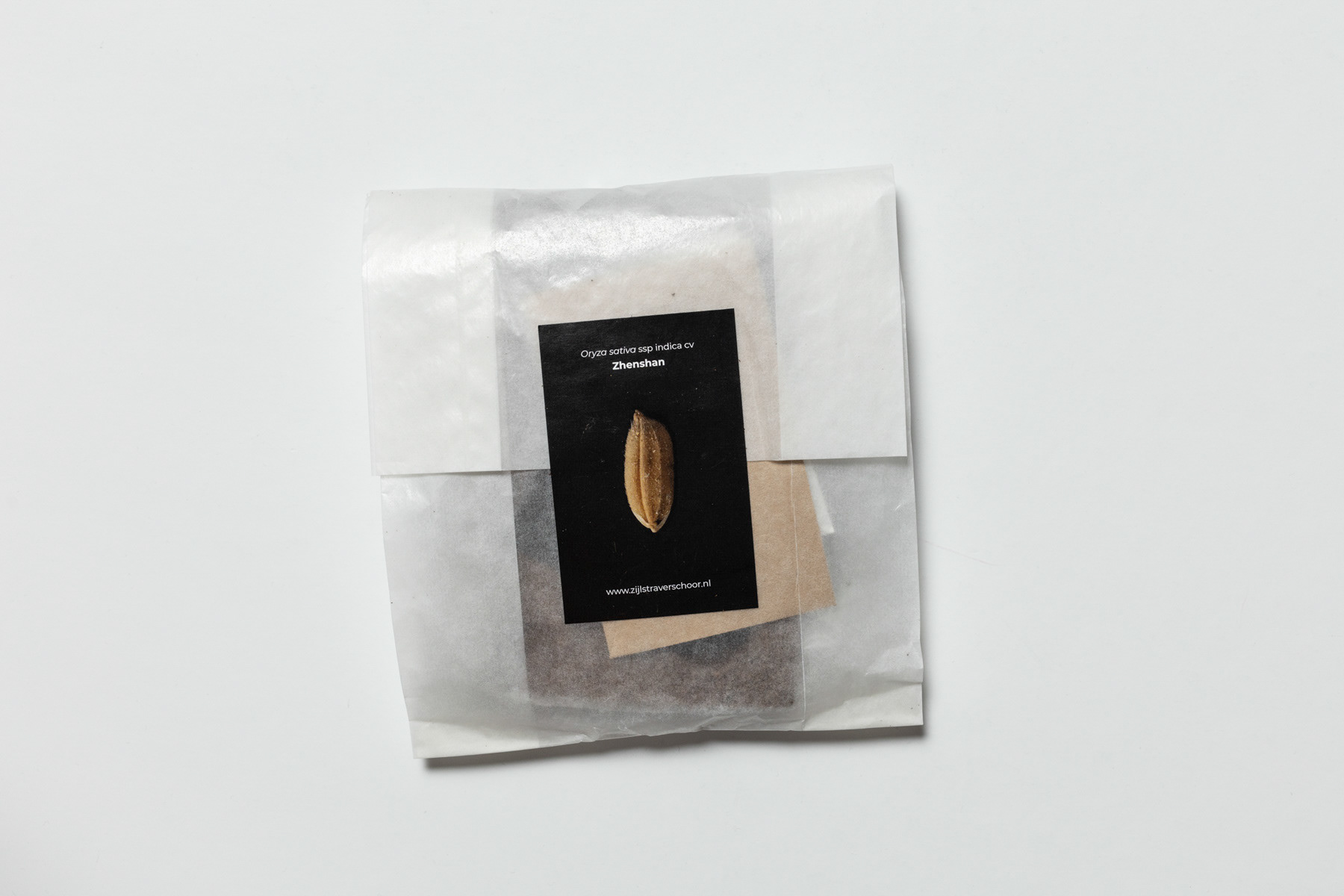

Rice feeds more than half of the world’s human population. As a consequence of climate change, it is becoming more and more difficult to grow rice in wet conditions in a large part of rice farming areas. Weeds, traditionally suppressed by standing water, are becoming a major problem in dry rice farming, which results in excessive use of herbicides. In urgent need for sustainable weed-control, Dr. Martina Huber investigated how rice shoot architecture could be optimized for weed suppression. She explored the natural diversity of rice varieties and defined which traits make them more competitive against weeds, by over-gowing and shading them. Rice plants with a fast and bushy growth and a shoot architecture in which leaves are arranged covering the largest possible ground cover, were selected as promising varieties. Insights from her studies can now be used for future rice-breeding and will help to reduce the amount of herbicide usage and enable a more sustainable and climate-change resilient rice-farming. This work is part of a collaboration with the Plant-Environment Signaling Group of Utrecht University. Since 2022 Zijlstra & Verschoor have been photographing the role that light plays in the research group, in an attempt to make their research more visible for the general public. — Made in collaboration with Jasper Zijlstra —





































